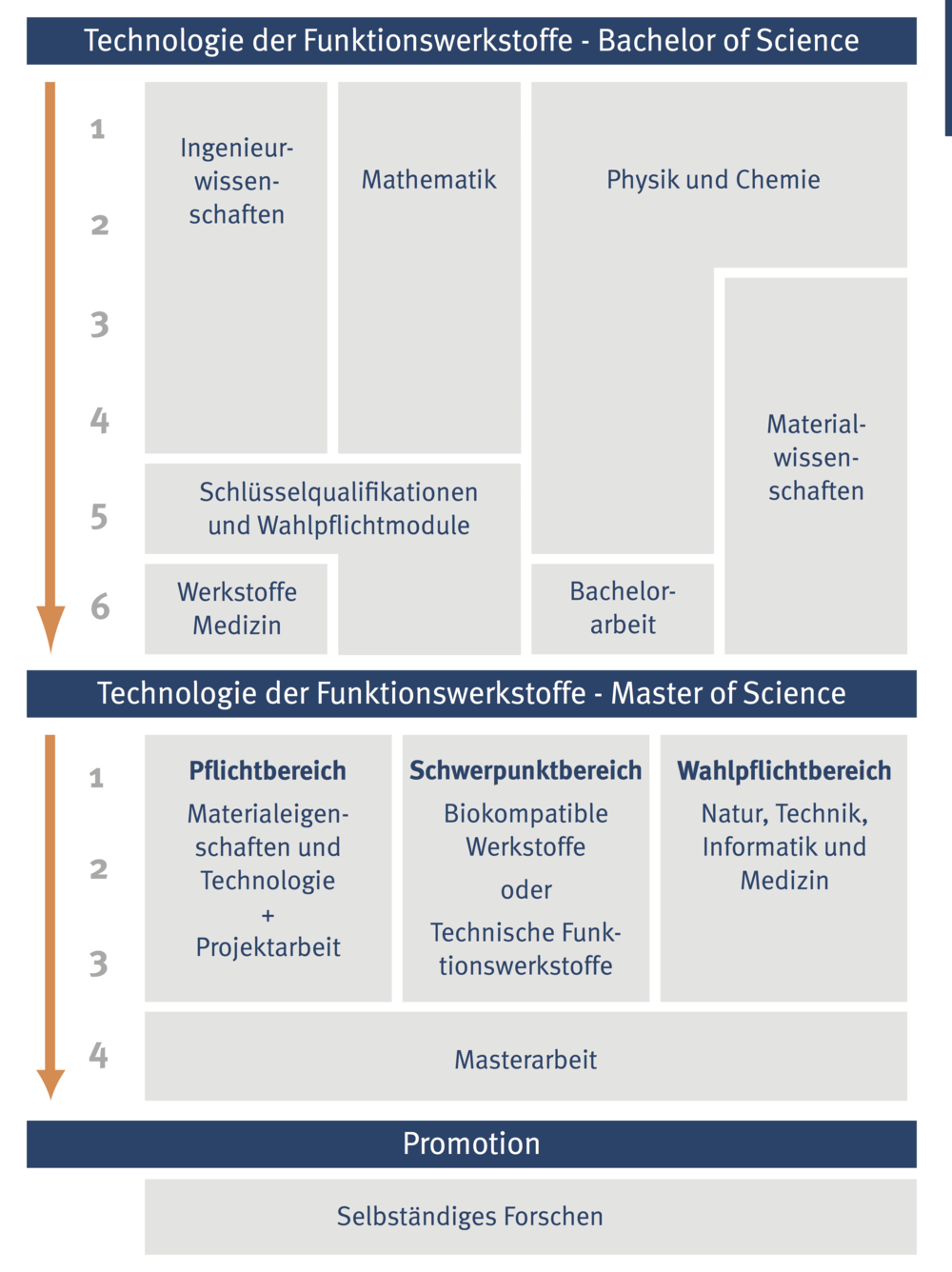Functional materials are found in many objects of everyday life. They are applied in devices like MP3 players, game consoles, contact lenses and implants. They convert light into electricity (solar cells) or vice versa electricity into light (LED), tilt the screen view in smart phones, trigger airbags (g-sensor) or indicate an active substance in the blood (medical rapid test).
Have you ever wondered how the display in your mobile phone works? The display consists of many small pixels. Each pixel works like a light valve – the molecules in the pixel let the light through or block it. By applying an external electric field, the orientation of the molecules can be adjusted to affect both the color (wavelength) and the path (direction of oscillation) of the incoming light. In short, one changes the optical properties. In combination with polarizers, which are located on both sides of the pixels, the passage of light through the cell can thus be controlled by the external field. The display therefore consists of a backlight, polarizers, pixels, transparent electrodes and color filters.
In the study program Functional Materials – formerly Technology of Functional Materials – you will for example learn which structure and properties molecules must have so that they can be used in displays. You will also learn more about the physical principle of LCDs and how the complete display is constructed and applied.
But that is not all. Studying Funktionswerkstoffe you will learn interdisciplinary work not only in the subjects of chemistry, physics and engineering, but also in medicine and mathematics. You will get training at the University of Würzburg, the University Clinic, the Würzburg-Schweinfurt University of Applied Sciences but also research institutes like the Fraunhofer ISC, the ZAE and the SKZ Plastics Centre which will ensure a broad set of expertise and a view into industry related research.
The Functional Materials program is a consecutive Bachelor/Master course of studies.

